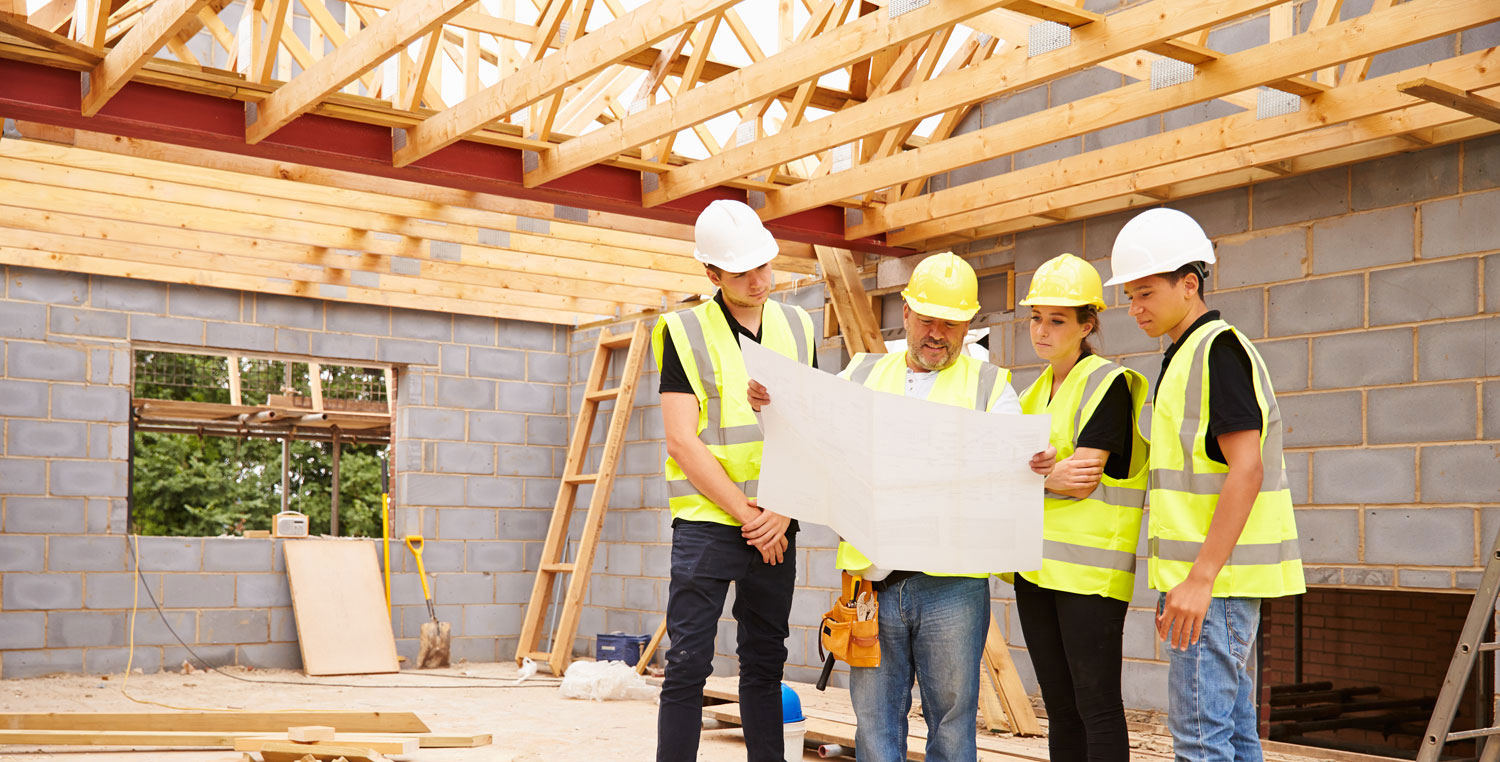This edition provides a summary of the effects of mould and how to safely rectify issues.
With the recent wet weather, flooding, water damage and potential mould growth are a big concern in Victoria.
The presence of damp and mould can cause serious issues during refurbishment works, within office environments and at home. Early identification and remediation are essential.

As well as posing health risks to people in the building it invades, mould can gradually damage building materials and furnishings and even cause structural damage.
Where damp, mould or perceived mould odours are present a mould assessment should be conducted by an independent occupational hygienist.
1 Damp & Mould
Persistent dampness within buildings may lead to adverse health effects, including respiratory problems such as cough/wheeze, asthma and respiratory infections.
Human exposure to microbial organisms may occur by inhalation, physical contact or ingestion. However, the presence of microbial organisms on building materials or in the air may not necessarily indicate that people will be exposed or exhibit health effects. Factors that determine health effects include the nature of the microbial growth, route of exposure and the susceptibility of the person(s) exposed.
Microbial organisms are present in every environment including indoor building environments. In buildings these organisms are typically found on surfaces (carpets, ceilings, desks etc.), within building water systems as well as on airborne dust particles and aerosols.
Provided there is a supply of moisture and the environmental conditions are suitable, microorganisms can multiply beyond normal levels and this can result in the following conditions:
- Infections
- Aggravation of allergies, asthmatic responses, or systemic irritation
- Accelerate the deterioration of plant or building fittings
- Reduce the performance of ducts, filters, and coils within the HVAC system
Some common causes of excessive airborne concentrations of microbial organisms include water ingress and flooding, contamination of carpets and floor surfaces, inadequate ventilation and poor air quality into the building ventilation system.
2 Health Effects
Elevated concentrations of airborne mould spores have the potential to cause respiratory issues to occupants, specifically people with respiratory disorders (such as asthma, hay fever, bronchitis), newborns, young children, the elderly, pregnant women, people in poor health, and smokers.

The most common symptoms reported are runny nose, eye irritation, skin rash, cough, congestion and aggravation of asthma.
People with serious allergies to moulds may have stronger reactions that include fever and shortness of breath. People with chronic illnesses, such as obstructive lung disease, may develop mould infections in their lungs.
Of more concern, however, is that many of these moulds make “mycotoxins”, by-products that are toxic to humans. These toxins can slowly wear down the immune system and can lead to allergic or respiratory problems.
3 Employers Must Control Exposure
Employers must control the risks of employee exposure to mould in accordance with the duty of care under the Victorian Occupational Health & Safety Act 2004.
To minimise on-going impact of water ingress inside a property, the areas must be fully and appropriately dried as quickly as possible to prevent mould growth. This may in some cases include the safe removal and disposal of wetted absorbent materials such as plasterboard, soft furnishings including carpets, or stored items.
Where damp, mould or perceived mould odours are present a mould assessment should be conducted by an independent occupational hygienist.

Mould assessments may include air monitoring and swab samples however, it should be noted that these methods have a five-day incubation period prior to microbiological analysis, delaying results. As such, an extensive and intrusive visual inspection is key to developing an immediate plan of action. The use of moisture meters can also be key tools for providing immediate on-site indicative results.
It should be noted that flooding, water damage and mould can affect asbestos containing materials, as such it is important to assess the areas for asbestos prior to rectification works.
4 Rectification works
Physically removing mould contamination is the primary means of remediation. Mould contamination should be physically removed from the structure, systems and contents to return them to pre-event condition. Attempts to kill, encapsulate or inhibit mould instead of proper source removal generally are not adequate.
It is recommended that the remediation of damp and mould affected areas is conducted in accordance with ANSI/IICRC S520, and include for:
1. Rectification of the source of water ingress and prevention of future infiltration (as far as practicable).
2. Full removal of all porous materials which are visibly mould affected e.g. plaster, plasterboard, particle board, carpet, soft furnishings.
3. Removal, or where appropriate remediation and verification, of all semi-porous materials e.g. timber, concrete, water damaged areas.
4. Adequate cleaning and drying of all affected areas.

5 Control Measures
Where visible mould growth has been noted, use of a specialist contractor trained and competent in the rectification and containment of mould spores should be considered.
Specialist contractors must have appropriate work methodologies that limit the risk of worker exposure and secondary contamination during the disturbance and removal of mould effected materials. Use of specialist contractors may also reduce the likelihood of health or comfort complaints from building users and potential future cost implications.

Remediation plans may vary greatly depending on the size and complexity of the job. Generally, the contractor should implement the following key work practices during mould remediation works:
1. Appropriate engineering controls and work practices, such as controlled demolition, source containment and control of air movement direction to reduce the quantity of spores that become airborne, or to reduce the time they remain in the air.
2. Appropriate respiratory protection and other appropriate PPE shall be used by remediation workers.
3. Physically removing mould contamination is the primary means of remediation. Mould should be physically removed from the structure, systems and contents to return them to pre-event condition. Attempts to kill, encapsulate or inhibit mould instead of proper source removal generally are not adequate.
4. Remediated structures, systems, and contents can be considered clean when contamination, un-restorable contaminated materials, and debris have been removed, and surfaces are visibly free of dust.
5. Drying equipment should remain in operation on site until it has been verified and documented that the drying goals have been achieved.
6. Following remediation works and prior to reinstatement works, an assessment should be performed by an independent occupational hygienist to verify that the structure and its components have returned to a pre-event condition.

6 How Can We Help?
BB Risk Solutions experienced occupational hygienists provide the following services:
- Water damage & mould assessments
- Airborne mould monitoring
- Advice on risk and rectification
- Develop rectification scope of works
- Assess the effectiveness of control measures during rectification works
- Conduct inspections to verify the satisfactory completion of works
- Conduct asbestos assessments, including of mould affected materials
For more information and advice please call or visit our website.
BB Risk Solutions Consultants are trained and competent in the inspection and safe management of mould, asbestos and other hazardous materials. Our team can assist you with identification, quantification and tailor-made safe management solutions based on individuals budget and timeline constraints. We will work with you to ensure you are fully informed of the potential risks and provide appropriate management options.
For more information or to arrange an inspection by one of our trained and competent surveyors, please call 0408418915 or email info@bbrisksolutions.com.au


